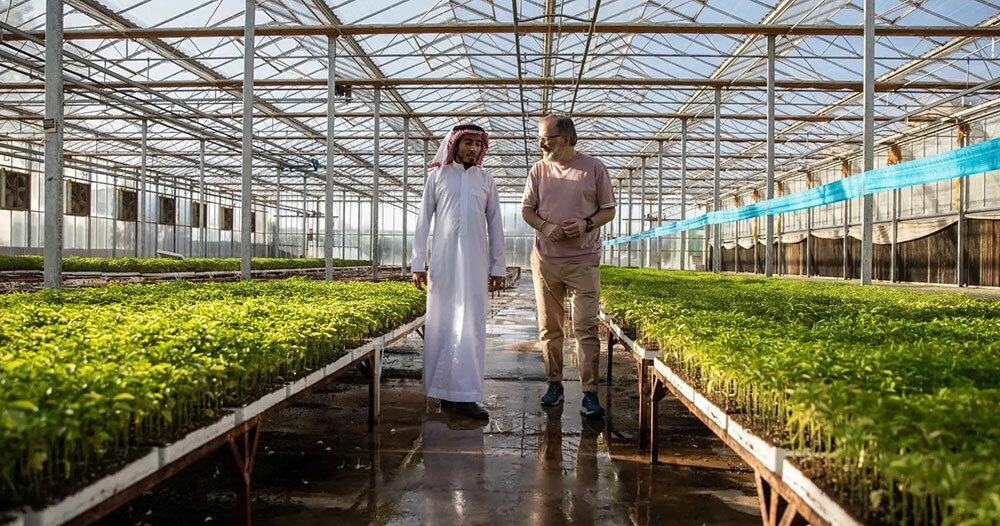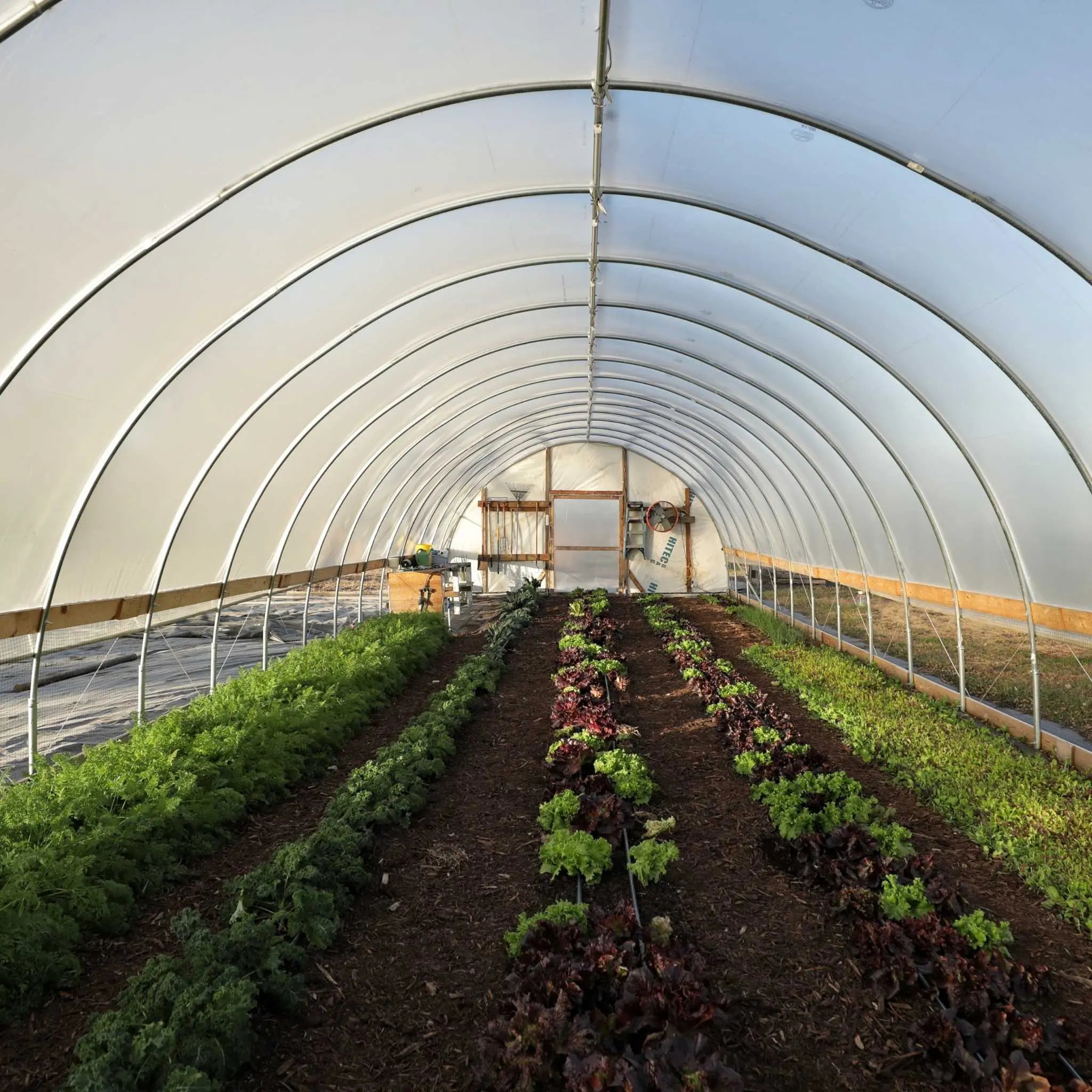Monarch Greenhouse Utah: Boosting Expanding Areas with Accuracy Construction
Wiki Article
The Future of Greenhouses: Developments in Lasting Agriculture
Are you interested concerning the future of greenhouses and just how they are changing lasting farming? From innovative environment control systems to vertical farming methods, water-efficient irrigation methods, sustainable power assimilation, and wise data analytics, these advancements are transforming the method we grow our food.Advanced Climate Control Systems
To achieve optimal growing problems, you can count on the innovations in greenhouses with innovative environment control systems. These systems have changed the way we grow plants, supplying a controlled environment that is conducive to plant development. With these cutting-edge systems, you can currently manipulate temperature, moisture, light degrees, and even carbon dioxide focus to produce the perfect problems for your plants to prosper.One of the key attributes of these innovative climate control systems is their ability to manage temperature level. By utilizing sensors and automated controls, the greenhouse can readjust the temperature based upon the certain requirements of the plants. This ensures that they are never ever subjected to extreme warm or cold, which can be destructive to their development.
Humidity control is an additional important aspect of these systems. By preserving the perfect moisture levels, you can protect against problems such as mold, mold, and disease from influencing your crops. These systems can additionally regulate the quantity of light that reaches the plants, making certain that they get the optimal quantity for photosynthesis.
In addition, advanced climate control systems can even adjust CO2 focus. By increasing the degrees of CO2 in the greenhouse, you can improve plant development and performance. This is specifically valuable in areas with reduced all-natural CO2 degrees.
Upright Farming Techniques
One essential vertical farming method is utilizing piled expanding systems. Piled expanding systems are generally made use of in urban areas where space is limited.One popular method is referred to as vertical hydroponics, where plants are grown in nutrient-rich water without soil. This technique is highly efficient as it decreases water usage by as much as 90% compared to conventional farming techniques. Furthermore, because the plants are grown indoors, they are shielded from insects and illness, decreasing the need for pesticides.
Another technique is aeroponics, which entails suspending the plant origins in a mist or air atmosphere. This technique enables optimal nutrient absorption and oxygenation, resulting in faster development and higher returns. Aeroponics likewise utilizes less water than traditional farming and can be applied in upright systems, making it a prominent choice for upright farming.
Water-efficient Watering Techniques
When it comes to carrying out water-efficient irrigation methods in lasting agriculture,Maximizing water preservation is vital. With global water deficiency ending up being a pushing problem, it is essential to create ingenious techniques that enhance water usage in greenhouse procedures.One promising technique is drip irrigation, which provides water straight to the plant roots, decreasing waste and evaporation. By utilizing a network of tubes with little emitters, water is used slowly and specifically, guaranteeing that plants obtain the needed moisture without excess overflow.
An additional efficient strategy is the use of dirt dampness sensors. These gadgets determine the wetness material in the dirt and give real-time information to farmers. By keeping track of the soil's moisture degrees, farmers can precisely identify when and how much water to use, protecting against over-irrigation.
In addition, the application of rainwater harvesting systems is obtaining popularity in greenhouse farming. Gathering rainwater from roofs and storing it in storage tanks allows farmers to use this natural deposit for irrigation objectives, decreasing dependence on standard water sources.
Finally, the adoption of automated irrigation systems can significantly enhance water efficiency. These systems utilize sensing units to find soil dampness levels and weather, changing watering schedules appropriately. By maximizing water usage based on real plant needs, these systems can minimize water waste and advertise sustainable farming methods.
Renewable Resource Combination
Renewable energy assimilation in greenhouses supplies a number of benefits, consisting site of minimized operating More Bonuses costs and lowered reliance on non-renewable power resources. The generated power can after that be utilized to run various procedures within the greenhouse, such as home heating, air flow, and lights systems. These wind turbines harness wind power and convert it into electrical energy, which can be made use of to supplement the energy requirements of the greenhouse.Smart Data Analytics and Automation
To boost the effectiveness of your greenhouse operations and enhance source use, consider applying smart information analytics and automation. Smart data analytics includes collecting and examining data from different sensors and gadgets within your greenhouse. By monitoring elements such as temperature level, humidity, light levels, and dirt moisture, you can acquire beneficial insights right into the wellness and growth of your plants. This data can aid you make informed decisions regarding readjusting environmental conditions, maximizing irrigation schedules, and protecting against potential problems prior to they emerge.
This can consist of automating the control of illumination, ventilation, irrigation systems, and nutrient shipment. By automating these processes, you can ensure that your plants receive the right problems and nutrients at the appropriate time, without the demand for continuous hands-on intervention.
Additionally, smart information analytics and automation can collaborate synergistically. The data collected by sensors can be made use of to educate automatic systems, enabling them to make real-time adjustments based upon the existing conditions. This integration of data analytics and automation can bring about a lot more exact and effective source allowance, eventually resulting in greater returns and much better crop top quality.
Final Thought
In lawn service verdict, the future of greenhouses in sustainable agriculture looks promising. With sophisticated environment control systems, vertical farming strategies, water-efficient irrigation techniques, and eco-friendly energy combination, greenhouses are coming to be more eco pleasant and reliable.
By maximizing water use based on real plant demands, these systems can lower water waste and advertise sustainable farming practices.

Report this wiki page